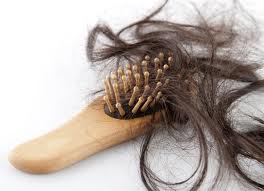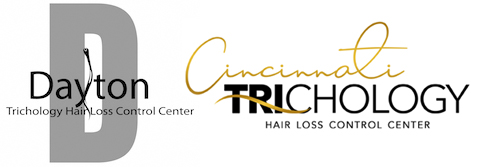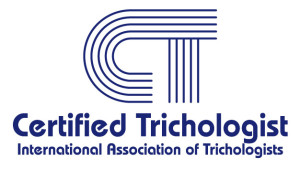Parents read this!!
Chemical Alopecia
 This type of hair loss is common is children or teenagers who use hair relaxers. Common among African-Americans, this condition happens when the hair is over-processed on virgin hair. When little girls have thick and unmanageable hair the first thing that a parent will to is to either chemically relax or texturize their child’s hair. I hear parents say ” I can’t do anything with this hair, or it takes forever to comb or style her hair”. This is the beginning of the end for the health of your child’s hair and will have a devastating effect long-term. Even the proverbial “Kiddie Perm” is a chemical that not only will damage the hair but can also cause scarring of the scalp. As a Trichologist, I am seeing more and more children with extensive hair loss due to this harmful chemicals and in some cases it results in Central centrifugal cicatricial alopecia which is irreversible.
This type of hair loss is common is children or teenagers who use hair relaxers. Common among African-Americans, this condition happens when the hair is over-processed on virgin hair. When little girls have thick and unmanageable hair the first thing that a parent will to is to either chemically relax or texturize their child’s hair. I hear parents say ” I can’t do anything with this hair, or it takes forever to comb or style her hair”. This is the beginning of the end for the health of your child’s hair and will have a devastating effect long-term. Even the proverbial “Kiddie Perm” is a chemical that not only will damage the hair but can also cause scarring of the scalp. As a Trichologist, I am seeing more and more children with extensive hair loss due to this harmful chemicals and in some cases it results in Central centrifugal cicatricial alopecia which is irreversible.
One chemical that often goes undetected is in the very shampoo that you use everyday. Chemicals such as sulfates (sodium laureth sulphate) can overtime effect the condition of your child or teenagers hair and leave it very dry, brittle, and frizzy. This is the same harsh detergent found in 90% of commercial shampoos and is similar to commercial degreasers and can have a corrosive effect on the hair follicle while leaving the scalp dry and flaky. I recommend that you use my Nourishing Cleansing Conditioner which is an all in one sulfate free shampoo and conditioner. This one product replaces the need for buying a separate shampoo, conditioner, deep conditioner, and leave-in conditioner. With a proper haircare regiment your child or teenager can have straight, healthy, manageable hair without chemicals. You can effectively blow-dry and flat iron your child’s hair and get the same results as someone using a relaxer. I recommend you use my Nourishing Shield Balm to see amazing straight hair results.
Traction alopecia
This hair loss condition is common in African-American children and teenagers who wear their hair constantly in ponytails, braids, cornrows, twist, and locks. Technically speaking, traction alopecia is a hair loss condition caused by damage to the dermal papilla and hair follicle by constant pulling or tension over an extended period of time. This constant pulling of the hair follicle because of the extremely tight hairstyle affects the frontal hairline, especially the temple area and parts just above the ears. Also, in some cases traction alopecia will affect the nape area. A tell tell sign is if your child or teenager complains of headaches or that they feel their hairstyle is too tight. A common myth that hairstylist tell parents that the tighter the style the longer it will last. By simply re-doing the hairstyle with less tension in most cases will suffice.
Trichotillomania
Trichotillomania is characterized by the persistent and excessive pulling of one’s own hair, resulting in noticeable hair loss. This pulling or plucking normally happens during stressful periods and people report a sense of “relief” once the hair is pulled. Normally round bald patches are evident over time. This obsessive compulsive disorder (OCD) usually starts from childhood and can carry over into adulthood. One main indication of this disorder is if your child constantly plays with their hair when they are talking or thinking. In a lot of cases your child will hide This condition is normally treated through behavioral therapy or habit reversal therapy. In some cases medication may be warranted. As Trichologist we specialize in this disorder however in extreme cases a psychologist or therapist may be needed.
Nutritional Deficiencies
Malnutrition is very common in today’s fast-paced society. Improper diet and nutrition is becoming one of the leading causes for hair loss in children Unfortunately, as a result our children and teens suffer. When the body is malnourished the hair is often the first thing that suffers. Hair is the fastest growing tissue in our body and when the body is malnourished it cuts back on the nutrients in normally sends to the hair and diverts more it to our vital organs. This will leave the hair dry, brittle, and fragile. As a result, this will lead to hair breakage, frizzy hair, and in most cases hair loss. Top vitamin deficiencies in children are Vitamin D, Iron,Calcium, Vitamin C, and Vitamin B. A daily multi-vitamin can help but it should only be used a supplement to a healthy diet and exercise regiment for your child or teenager.


